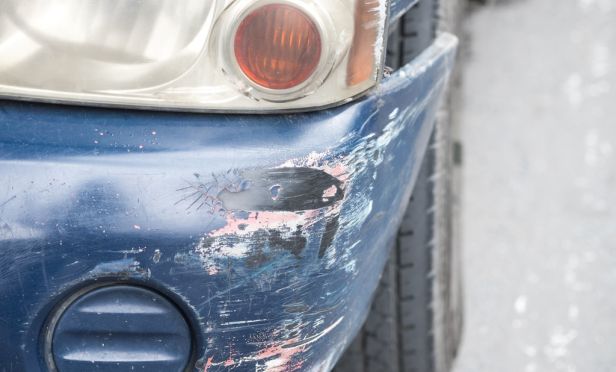
Hit-and-run crashes often make the nightly news, especially when a pedestrian or cyclist are involved. Many of us are left wondering how someone could plow into a person or property, then just drive away?
A new report from the AAA Foundation for Traffic Safety, titled “Hit-and-Run Crashes: Prevalence, Contributing Factors and Countermeasures,” explores the alarming finding that the number of hit-and-run fatalities has been increasing at an average rate of 7.2% per year since 2009.
In 2016, there were 1,980 fatal hit-and-run crashes resulting in 2,049 fatalities. This is the highest annual number of hit-and-run fatalities or crashes recorded since the National Highways Traffic Safety Administration (NHTSA) began compiling statistics on fatal motor vehicle crashes in 1975.
Recommended For You
Want to continue reading?
Become a Free PropertyCasualty360 Digital Reader
Your access to unlimited PropertyCasualty360 content isn’t changing.
Once you are an ALM digital member, you’ll receive:
- Breaking insurance news and analysis, on-site and via our newsletters and custom alerts
- Weekly Insurance Speak podcast featuring exclusive interviews with industry leaders
- Educational webcasts, white papers, and ebooks from industry thought leaders
- Critical converage of the employee benefits and financial advisory markets on our other ALM sites, BenefitsPRO and ThinkAdvisor
Already have an account? Sign In Now
© 2025 ALM Global, LLC, All Rights Reserved. Request academic re-use from www.copyright.com. All other uses, submit a request to [email protected]. For more information visit Asset & Logo Licensing.








